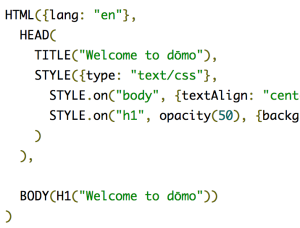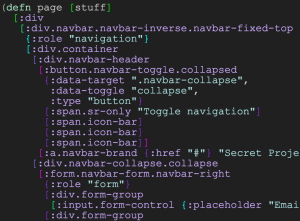Are events your favorite part of AngularJS?
Look at FlightJS instead.
Angular’s Event System
At Oasis Digital, we use AngularJS for most of our client-side “SPA” web development. AngularJS is well suited for data and form centric enterprise web applications we most often work on; I’ll write more about why we chose AngularJS another time.
As we teach our Angular Boot Camp class, we spend time on the AngularJS event system. For those who haven’t looked at it, AngularJS’s event system operates at a higher, more abstract level then DOM events – AngularJS events propagate up-and-down AngularJS scopes rather than up-and-down the DOM directly. We typically recommend it only for narrow cases where some bit of information should be transmitted and responded to broadly across the application; it avoids the computational cost of numerous watches.
In both these classes and our development work, we sometimes meet developers who are very excited by the AngularJS event system, and endeavor to create an event-based application with it. We must then unfortunately give the following disappointing advice:
If you are looking to build a mostly event-based system, AngularJS is probably not the right tool for you. There are a lot of merits to events, but the event-centric approach is not the AngularJS way. If you’re going to build primarily with events, you are wasting much of the AngularJS ecosystem, which is primarily about scopes, data binding, directives to enhance HTML with technology and domain specific add-ons, and so on.
DOM Events Find a Home
But that is not to say events are bad. Events are great. Don’t lose hope. There is a home for you: Twitter’s FlightJS.
FlightJS is 100% event centric and DOM-centric; it embraces the browser DOM with minimal abstraction. FlightJS is tiny – according to its website “Flight is only ~5K minified and gzipped. It’s built upon jQuery.” FlightJS fits in well with JavaScript ecosystem; because it adds so many fewer features than one of the big frameworks, there is little to get in your way of using it with any other common tool. Based on a quick look at its mailing list and GitHub repo, is getting a small amount of traction, though perhaps much less so than the big frameworks.
Here at Oasis Digital, we are not switching to FlightJS, and we don’t force an event centric approach on our AngularJS work, in which we aim to stay squarely in the mainstream of AngularJS practice. But if something comes up where events are the right solution, we know where to look, and now you do too.


